Logistics

Ship terminal
- Three berths
- Quay length: 700-meter long quay
- Maximum ship length: 213.99 m
- Maximum deadweight of vessels: 70,000 metric tons
- Maximum beam: 35 m
- Maximum draught: 11.20 m of draught without using tide
- Minimum number of tugboats for maneuvering: 1
- Storage capacity: 223,552 tons
- Four warehouses:
- Warehouse 1: 13,500 m2 – 51,485 T
- Warehouse 2: 12,096 m2 – 45,153 T
- Warehouse 3: 14,352 m2 – 55,072 T
- Warehouse 6: 16,848 m2 – 71,842 T
- Annual shipping capacity: 7,500,000 tons
To learn more technical details and information on other operating characteristics of the terminal – anchorage, access channel, maneuvering basin, berths, etc. – click here and read NORMAP II (Operating Norms and Regulations) of the Companhia Docas do Espírito Santo (Codesa), Resolution 052.

Barge terminal
- Three mooring berths (two berths for handling pulp and one for wood)
- Two electric land cranes to unload wood
- One Dolphin for maneuvering
- Depth of 6 m

Equipment
The terminal does not have land equipment to hoist cargo. This operation is carried out using the onboard equipment of the vessels.
The handling of pulp bales in the warehouses is done by forklifts with clamps, both for unloading trucks or wagons and stacking and subsequent transfer of cargo to the sides of the ships.

Multimodality
. Pipeline: direct line to Evonik, which produces raw material in Aracruz.
. Road transport: direct connection to the main highways connecting Portocel to the states of Minas Gerais, via BR-262, and Rio de Janeiro, São Paulo and Bahia via BR-101. The current daily road flow is 12,000 tons of pulp.
. Railway: connection to the railway line of the Vitória-Minas railroad (EFVM). The current daily rail flow is 4,000 tons of pulp and 1,000 tons of general cargo.
. Long haul: has a maneuvering basin measuring 460 m in diameter, and depth of 12.80 m in berths 1 and 2 and 13.50 m in berth 3. average draught of 12.20m (with a 1m tide), which enables the operation of Panamax-class ships; capacity to operate three large vessels simultaneously.
. Cabotage: daily inbound transit of ocean-going vessels with pulp and wood from Belmonte and Caravelas terminals, in Bahia.

Modernization of the wood maritime terminal
In 2017, the modernization works in the wood maritime terminal were concluded with the replacement of the diesel-powered loading machines by two electric cranes. The 100%-renewable energy is generated by the Fibria mill in Aracruz, by burning biomass, with significant gains in sustainability and safety and a reduction in the time for unloading from barges and emission of greenhouse gases.

Navigation and Maneuvering
Tidal range
Variation from -0.15m to 1.60m.
Draught
Average draught at the terminal is 12.20m, considering an average tide of 1m.
Access channel
Access to the Portocel terminal is through the access channel for the Barra do Riacho Port, from the 245o alignment beacons, between buoys no. 1 and 2 up to the maneuvering area, totaling an 1,010m-long, 153m-wide extension.
Maneuvering basin
Located within protection jetties, with project diameter of 460m and depth of 12.80m. Pilotage is compulsory and performed through the Espírito Santo Pilotage Union, in compliance with the concepts and instructions set forth in the Maritime Authority Norms (NORMAM) and Standards and Procedures of the Espírito Santo Port Office (NPCP-ES).
Signaling and marking
The signaling and marking set consists of:
- six buoys located at the entrance to the access channel;
- two small beacons at each head of each breakwater;
- seven buoys around the edge of the maneuvering basin;
- one buoy at the end of the berthing area;
- two alignment beacons;
- two beacons at the extremities of the quay.
Recommended anchorage
Anchorage is prohibited in the area next to the south breakwater and near Fibria’s mill underwater discharge pipe, as indicated on the riverside side of the Nautical Chart no. 1,420 issued by the Hydrographic and Navigation Department of the Navy.
